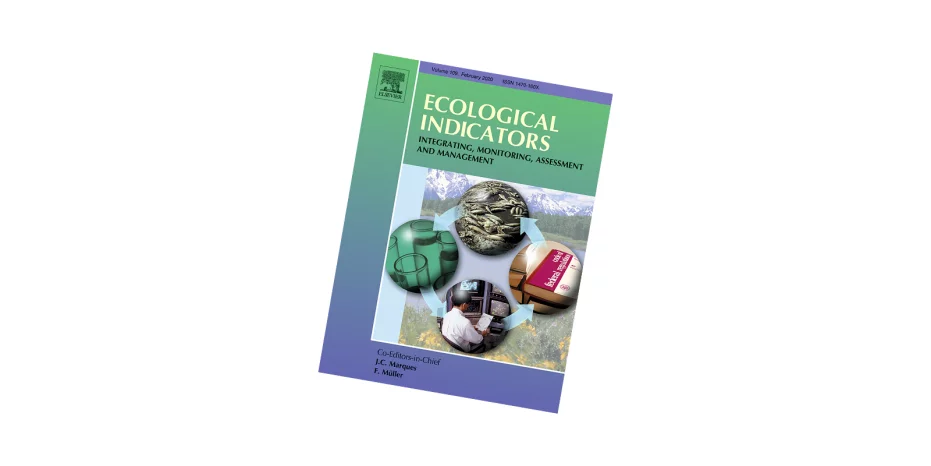Researchers from FRS and the Paul Scherrer Institute have developed the Electricity Supply Resilience Index (ESRI) to measure electricity supply resilience in 140 countries.
Energy supply security is often analysed, but research from a resilience perspective is limited. The International Energy Agency (IEA) defines energy security as “the uninterrupted availability of energy sources at an affordable price”. Thus, many of the security of supply indicators can also be used in a resilience context.
However, resilience extends the definition of energy security beyond frequency and severity, by accounting for the ability to recover quickly and adapt to new operating conditions. This study is built on such a resilience framework developed by the Future Resilient Systems (FRS) programme with four dimensions: resist, restabilise, rebuild, and reconfigure.
The multi-dimensionality of energy security and resilience calls for indicator-based assessment approaches. As such, Patrick Gasser et al. have developed the Electricity Supply Resilience Index (ESRI) to measure a nation’s electricity supply resilience.
Starting from an initial set of individual indicators derived through a structured selection process, the ESRI is calculated for 140 countries worldwide. In order to compare a set of alternatives, individual indicators are normalised to a common scale and aggregated into a comprehensive score. Specifically, these indices were developed by considering 38 combinations of eight normalisation methods and six aggregation functions, in order to assess the robustness of the results.
Results show a clear trend in electricity supply security resilience ranking across all the investigated combinations. The ESRI robustly ranks the same countries at the top (e.g. Germany, Canada and the USA), whereas others constantly rank at the bottom (e.g. the DRC, Cameroon, Nepal and Nigeria). In contrast, the rankings are more variable for average-performing countries or countries with divergent indicator performance.
This comprehensive indicator set covers the various dimensions of resilience (i.e. resist, restabilise, rebuild and reconfigure) and is the first of its kind. This allows the evaluation of the electricity supply resilience of countries, while accounting for the diverse needs of stakeholders. ESRI could help decision-makers to identify trends and specific patterns, and to understand the responsible factors.
Gasser, P., Suter, J., Cinelli, M., Spada, M., Burgherr, P., Hirschberg, S., Kadziński, M., Stojadinović, B. (2020). 'Comprehensive resilience assessment of electricity supply security for 140 countries', Ecological Indicators, 110, 105731. doi: 10.1016/j.ecolind.2019.105731

